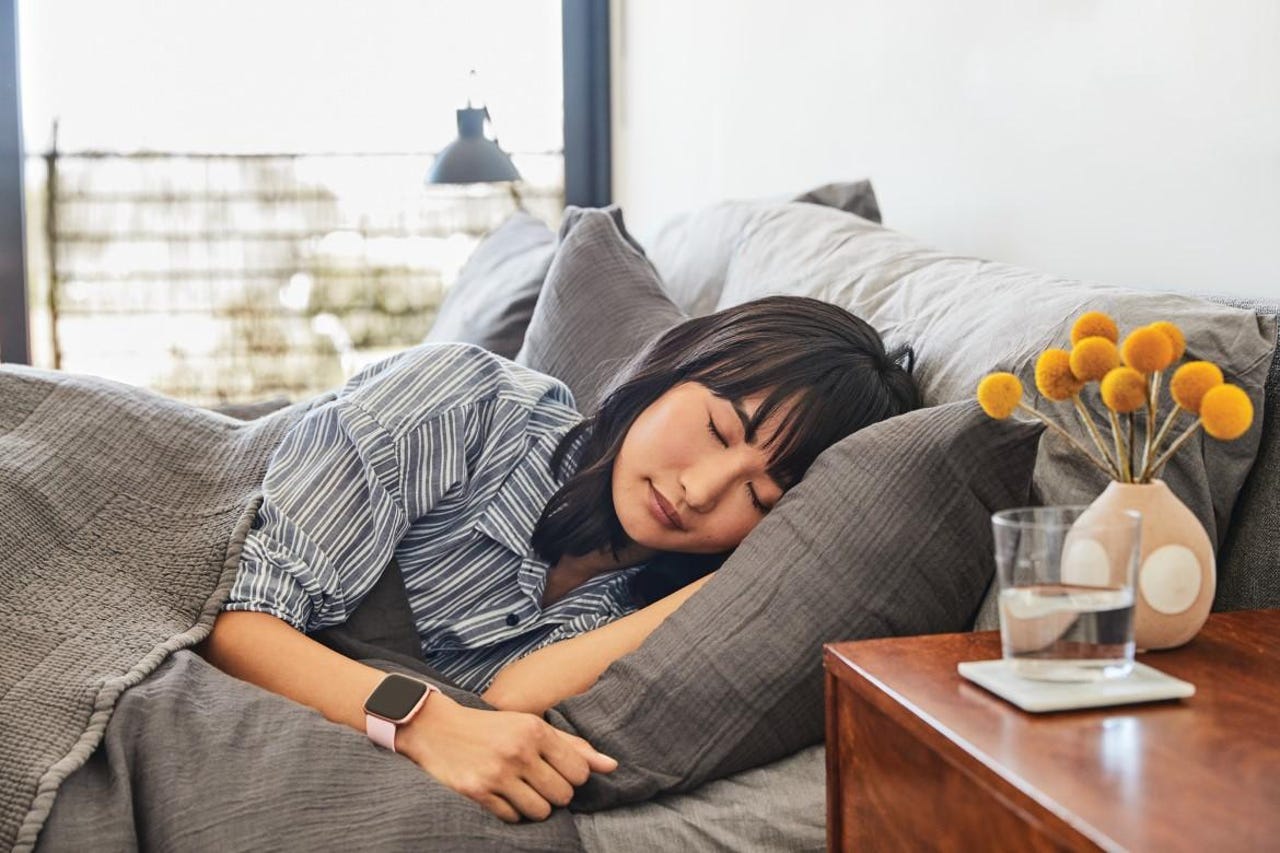'ZDNET Recommends': What exactly does it mean?
ZDNET's recommendations are based on many hours of testing, research, and comparison shopping. We gather data from the best available sources, including vendor and retailer listings as well as other relevant and independent reviews sites. And we pore over customer reviews to find out what matters to real people who already own and use the products and services we’re assessing.
When you click through from our site to a retailer and buy a product or service, we may earn affiliate commissions. This helps support our work, but does not affect what we cover or how, and it does not affect the price you pay. Neither ZDNET nor the author are compensated for these independent reviews. Indeed, we follow strict guidelines that ensure our editorial content is never influenced by advertisers.
ZDNET's editorial team writes on behalf of you, our reader. Our goal is to deliver the most accurate information and the most knowledgeable advice possible in order to help you make smarter buying decisions on tech gear and a wide array of products and services. Our editors thoroughly review and fact-check every article to ensure that our content meets the highest standards. If we have made an error or published misleading information, we will correct or clarify the article. If you see inaccuracies in our content, please report the mistake via this form.
How to set up a bedtime schedule on your Android device


Your Pixel device that is running Android 13 wants to make bedtime considerably easier for you. It wants to help you wind down and make it such that you can drift off into that wonderful land of slumber without interruption from notifications or bright screens.
See also
It's very handy, especially if you leave your phone in a charging cradle on your nightstand that makes the phone's display face you.
If that's your setup, you are perfectly aware of how that screen can become a real nuisance throughout the night.
Fortunately, Android 13 has a very unique feature, called Bedtime mode, which is a part of the Digital Wellbeing app.
This mode silences notifications, turns the screen black and white, and can even shift the UI to grayscale at a specific time. What this means is your device won't interrupt you and won't be a glaring presence as you try to fall asleep.
Even better, thanks to the grayscale feature, should you have to grab that phone in the middle of the night, it won't hurt your eyes as you gaze into the screen.
Out of the box, however, Bedtime mode is not enabled. Fortunately, it's really simple to enable and set up.
Review: Do sleeping earbuds actually work?
How to set up a bedtime schedule on your Android device
Let's do just that.
Requirements
The only thing you'll need for this is an Android phone that includes the Digital Wellbeing app. You'll find this app in Android 12 and later. That's it. Let's set it up.
1. Open Digital Wellbeing
The first thing to do is open Digital Wellbeing, which you should be able to launch from the Android App Drawer.
2. Open Bedtime mode
On the Digital Wellbeing page, scroll down until you see Bedtime mode.
Bedtime mode is accessed from within the Digital Wellbeing app.
3. Enable Bedtime mode
On the next page, tap the ON/OFF slider until it's in the ON position.
Enabling Bedtime mode in Android 13 on a Pixel 7 pro.
Also: Having trouble sleeping? Soundcore's new earbuds will drown out the distractions
4. Configure Bedtime mode
You should now see a Next button. Tap that button, and you'll then be able to schedule Bedtime mode based on a time or if the phone is placed on a charger.
To set a time, tap the Start time and change it to when you go to bed, and then tap the End time and set it for when you awake.
After that, tap the days you want Bedtime mode to take effect. If a day is circled in blue, that means it's enabled.
Bedtime mode can be enabled by either time or charging.
5. Tap Done and Allow
Once you've completed this, tap Done and then tap Allow (if prompted) to grant Digital Wellbeing access to app usage and sensor data. You can also enable or disable motion detection, light detection, and time zone history.
The motion and light detection will help Android understand what things interrupt your sleep (such as sound and light). This information will be collected and reported only to you (so there's no need to be concerned that Google is collecting data about your sleeping habits).
Further configuring Bedtime mode on Android 13.
And that's all there is to set up your bedtime schedule in Android 13.
Review: QuietOn's new sleep earbuds will comfortably block out your neighbor's holiday parties
One thing to keep in mind, however, is that Bedtime mode has zero effect on the Pixel Watch. Unfortunately, you have to manually enable Bedtime mode on the watch. Hopefully, at some point, Google will get those two things in sync such that when Bedtime mode on your phone kicks in, it will automatically kick in on your watch.
Other than that, Bedtime mode is a handy feature that can help you catch some sleep.